#mitsuo iso
Explore tagged Tumblr posts
Text
#anime#animation#sakuga#anime industry#tatsuya ishihara#george wada#manabu otsuka#masao maruyama#mitsuo iso#kyouko kotani#mizue ogawa
48 notes
·
View notes
Photo
key animation mainly Mitsuo Iso [1, 2], who is also known for Asuka's battle against the mass production evas in End of Evangelion. literally some of the best robot animation gundam ever had.
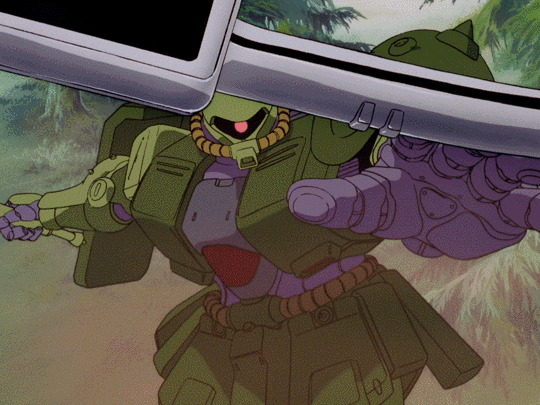

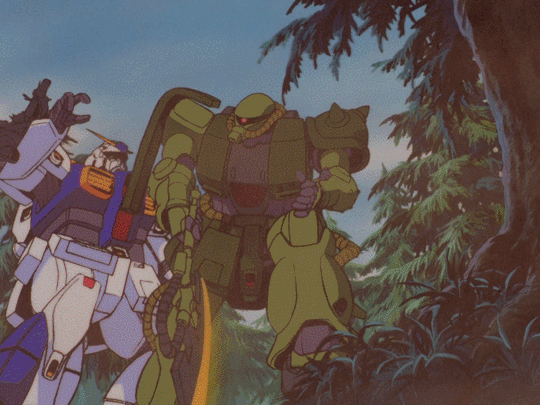

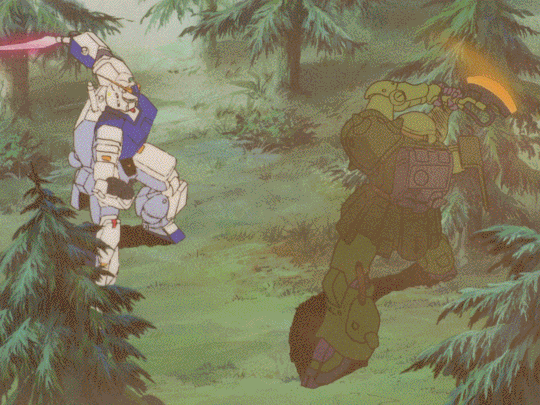

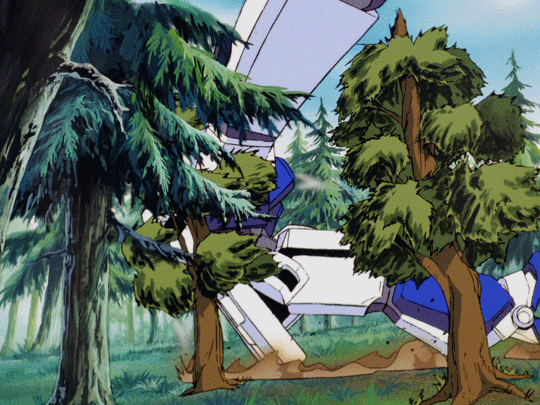
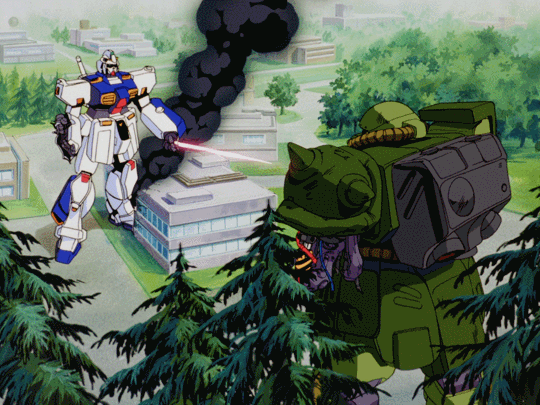
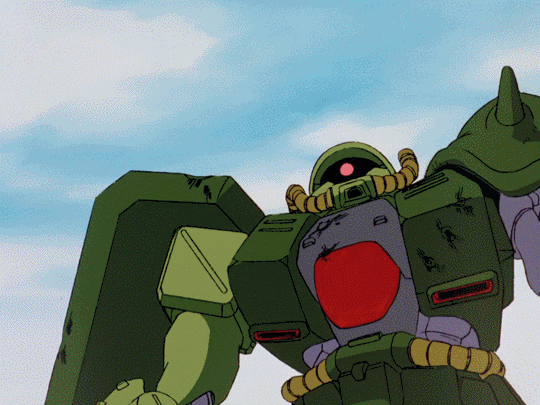

#animation#sakuga#gundam 0080 war in the pocket#gundam#mitsuo iso#not even sunrise themselves can do it this good anymore...#mentioning only iso's robot stuff is seriously selling him short but i don't wanna big the post down lol
2K notes
·
View notes
Text
Dennou Coil (2007)
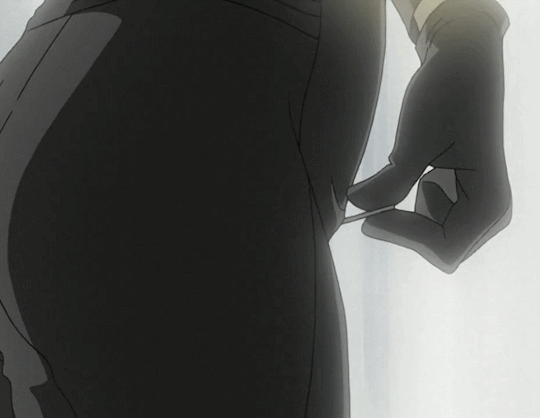

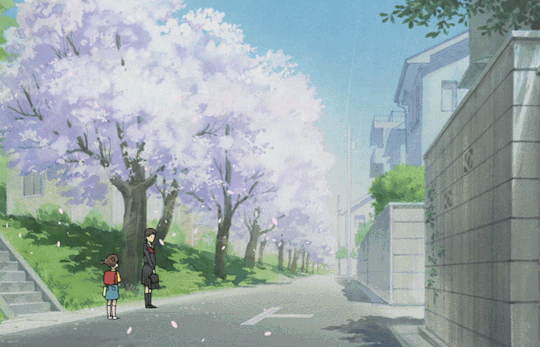
Facinho um dos melhores animes que assisti. Com ótimos e peculiares personagens, equilibrado em ação, comédia e drama, enredo e narrativa cativantes e uma animação espetacular. Vale cada minuto.
#dennou coil#anime#sci-fi#science fiction#child#children#a circle of children#gif#animation#fantasy#entertainment#art#masterpiece#mitsuo iso#madhouse#awarded#technology#augmented reality#plot
0 notes
Text
Key Animation: Mitsuo Iso (磯光雄)
#animation#anime and manga#donghua#anime amv#animegirl#naruto#bsd#bungou stray dogs#drawing#jujutsu kaisen
5 notes
·
View notes
Text
Anime ‘Art Of’ Books



GIANT ROBO THE ANIMATION 30TH ANNIVERSARY BOOK
AKIRA TORIYAMA ILLUSTRATIONS - DRAGON BALL THE WORLD
100% YOSHIMICHI KAMEDA ARTWORKS



TOSHIAKI TAKAYAMA ART BOOK ILLUSION KORIN
YASUO ŌTSUKA MECHANICAL ARTWORKS
GROUND WORK OF GURREN LAGANN



R.O.D OFFICIAL ARCHIVE
MITSUO ISO ANIMATION WORKS VOL.2
NAUSICAÄ OF THE VALLEY OF THE WIND - HAYAO MIYAZAKI WATERCOLOR COLLECTION
______________________________________________________________
paddysbooks.bigcartel.com
paddysbookstoo.bigcartel.com
5 notes
·
View notes
Text
Movement Project Artist Research - Mitsuo Iso

Above: Trypophobia ass backdrop
Mitsuo Iso is a Japanese animator and director known for his work on popular series such as Gundam, Evangelion and Digimon, as well as for directing his original projects; Dennou Coil and The Orbital Children. Despite this impressive resume he is perhaps best known for his philosophy on animation, a style he innovated called "Full Limited Animation".
Virtually all animation is filmed at 24 frames a second. If I drew 24 frames of animation to convey one second of on-screen movement, this would be referred to as animating "on ones" and considered "Full Animation". Similarly 12 frames in a second is "on twos" (The standard in animation) and 8 "on threes", etc. When we consider how many seconds of animation go into even an short episode of television, we realise that's a lot of drawings.
Over the decades animators have come up with clever ways of cutting down the required number of drawings without losing that persistence of motion required for animation. Techniques such as reusing animation, holding on still shots, and animating on twos, threes or less being among them. These would be considered "Limited Animation". I feel obligated to mention here that more drawing do not equal better animation, and utilising these techniques is not an admission of inferior quality, but that's a bit beyond the scope of this blog post.
Generally though, all animation, whether on ones or twos or threes, is divided into keys and inbetweens (and breakdowns, etc. but that's another topic). Key's are the main action of a movement and inbetweens add life to that movement by filling in the blank space. Traditionally animator learned their craft by starting as inbetweeners. Since the keys have already been finished, the inbetweener essentially only has to follow instructions. Anyway, the whole point of this rambling prologue is that Mitsuo Iso chose to eschew inbetweens entirely, hence "Full Limited".
Iso made waves in the Japanese animation industry in 1989 with his work on Gundam 0080: War in the Pocket. He animated in such a way as to convey the fluid movement of full animation through a limited number of drawings. His work appeared alive, full of dense sophisticated motion. This apparently shocked his contemporaries such that photocopied version of his key frames were circulated throughout the industry.
Above: Tumblr will only allow me one video, so I chose what's often regarded as his most famous bit of work; the berserk Eva sequence.
As far as how Iso's style pertains to my project? Beyond being inspired by his resourcefulness and ingenuity, Iso is ultimately all about movement. Every decision he makes is in service of how his scenes move. I knew I'd be animating something for this project and I wanted to try to successfully replicate some of Iso's philosophy at least, even if his technique might still be beyond my grasp. I've also included a link below to more of his work.
0 notes
Text
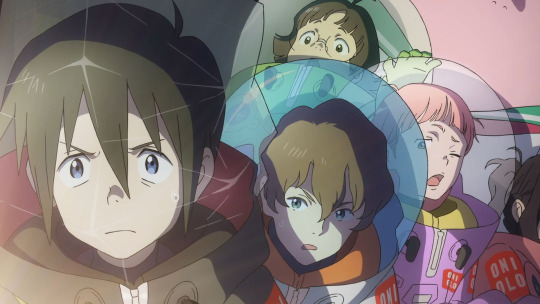
ORBITAL CHILDREN
Directed by: Mitsuo Iso
Studio: Production +h
Released: February 11, 2022
Episode: 6
1 note
·
View note
Link
0 notes
Text
This sequence, if I’m not mistaken, was largely animated by Iso Mitsuo.
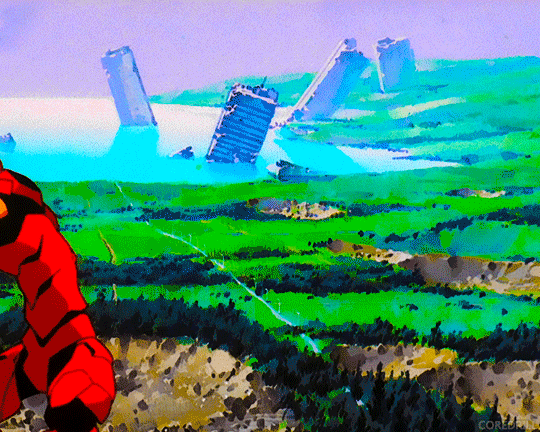

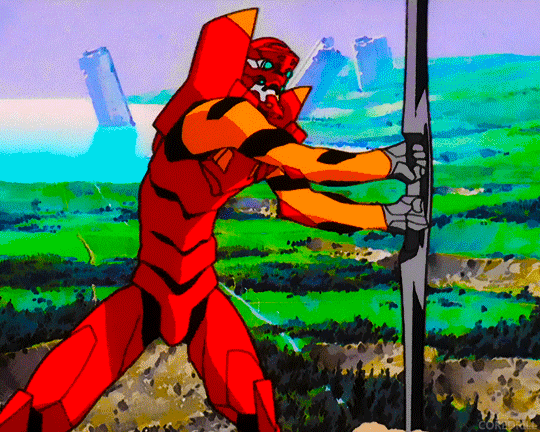
THE END OF EVANGELION
458 notes
·
View notes
Text

The Orbital Children (2022)
Hi! Have you watched the Netflix original Japanese anime "The Orbital Children" yet? It's subtitled in English! It's the latest sci-fi anime from Mitsuo Iso the director of "Dennō Koiru"!
217 notes
·
View notes
Photo




126 notes
·
View notes
Photo

i don’t recommend binging it lol, but this is great news!!
111 notes
·
View notes
Text
#anime#animation#sakuga#chainsaw man#ryu nakayama#mob psycho 100#yuzuru tachikawa#yoshimichi kameda#do it yourself#mitsuo iso#yusuke matsuo#bocchi the rock!#keiichiro saito#kerorira#yama no susume#pui pui molcar#tomoki misato#hana ono#pop team epic#mobile suit gundam the witch from mercury#g-witch#hiroshi kobayashi#ichiro okouchi#the tatami time machine blues#shingo natsume#arknights: prelude to dawn#yuki watanabe#cool doji danshi#eri taguchi#bleach
15 notes
·
View notes
Text
Scattered thoughts about The Orbital Children

(i reccomend reading this after you watched the show / movies. i’m very non chalant about spoilers).
A few days ago the first season (?) of orbital children came out. in short its the story of five kids and a nurse who get trapped in a space station, three visitors from earth and two who are native to the moon. and want to escape. it’s also the directorial return of anime legend mitsuo iso who only had a single directorial anime under his belt - the cult classic denn-o coil which came out fifteen years ago.
i haven’t seen den-oh coil, but mitsuo iso is a name i’m familiar with- he’s one of the great sakuga animators that occasionally gets mentioned next to yutaka nakamura. i first heard his name in the iconic sakuga the anime panel up on youtube.
the guy has a fantastic grasp of conveying weight in animation- my favorite example is this sequence he with asuka in end of evangelion. its funny then that his return to directing takes place in a space station- where gravity can fluctuate on a whim.
Gravity has a key role in orbital children. it’s a tool that is both an advantage and a hazard to the kids. a lack of gravity invites comedy and lighthreatedness as much as it does a lack of control- a presence of it can bring safety as much as it does confinement. and adjusting to either situation brings unease.
both situations provide for fun and engaging set pieces and the danger feels palpable but its all peppered with genuinely funny comedy which prevented it from getting too heavy. in many ways it reflects one of the big themes of the show- going out of your cradle but also the fact you can’t separate from it.
this theme is also reflected by the protagonist Toya, a moonborn child who starts off despising the earth and his people but ends up growing out of it. his motivations come from many reasons like the prejudice he received but also the angst that comes with his age. in general this show portrays its kids in a way most anime don’t by showing how they exude self importance as a way to cope with their own insecurities and messes (Taiyou also exhibits this well) they all fit into archetypes we’ve seen before but their quirks help them stand out and have more dimension. for the most part.
that one exception is clout chasing influencer mina. from start to finish her character exhibited the same persona - bubbly and energetic but also selfish and zealous. many traits that have gotten her into trouble from being the butt of the joke to causing major trouble for the group. the only useful action she took was showing the ai comet (I'll come back to it later) photos of toya being a prick as a part of a bigger action, but once you remember she took these actions for a very scummy reason she doesn’t grow from- it rings hollow. I'm all for female characters being flawed but in retrospect - she was more of a catalyst for troubles than her own fleshed out character. a well acted and expressively animated at that.
speaking of which’ this show has some of the best character animation ive seen in a while. a lot of it’s appeal comes from Kenichi Yoshida’s character designs which just prove themselves as templates for expressiveness and emotion. it also helps to strengthen the characters presence on screen, they move in eccentric and well defined ways and when you only have a limited amount of time to convey your story every frame counts.
The cgi integration is mostly well handled - the textures are simple and non distracting and it allows a lot of the set pieces to Be executed while saving headaches for the 2d animators.
And while we’re on the subject headaches, this is a show that’s very heavy on technobabble. Aspects of Artificial intelligence, hacking, social politics and spiritual existentialism all play a major part in the show and how the problem is solved. Many shows tend to have a hard time with making these subjects work on screen- sitting the characters down and have them consume these intricacies is a common way of going about it but it can easily hinder the plot if not handled well.
Orbital children doesnt have time to ruminate and instead it integrates it’s subject matter into its characters as each of them have a role or interest in them. And because of how the show presents and characterizes the kids, the subject matter is more engaging. Their lives depend on these grand yet incomprehensible systems - so much so the AI meteor, seven that’s the heart of the shows conflict becomes an omnipotent being of cosmic horror
At the climax of the season Touya confronts seven, as a last ditch effort to save his friend Konoha. It was built up from the first seconds of the show in the vision and it’s overwhelming. Seven is apathetic and linear to a fault- still sticking to the poem that was given the power to dictate the future. That future cruel and unforgiving that also determined konoha to die young of her implant. And considering the fact a lot of his tools motivations and means to live - you could say that touya met his maker.
It’s a chilling moment, the power of seven’s power shown immaculately through the abstract visuals .And for a moment I was scared that touya was going to accept fate and to lose konoha- already resigned herself to her end.
So when touya and the show rejected fate to save konoha it was genuinely significant. A culmination of all of the strengths of this story boiled into one decision that made everything come together.
I don’t know how many people are talking about this series at the moment- im not suprised that it’s being overshadowed by new seasons of popular anime and the adaptation of vox machina. And I’m not trying to shame those either.
But I do hope that people are checking out the orbital children regardless. It’s a special little story with great ideas, comedy, thriller, animation and heart
74 notes
·
View notes
Text
The Orbital Children’s Rejection of Ecofascist Ideas

Spoilers for the ending of The Orbital Children
In Iso Mitsuo’s newest sci-fi, The Orbital Children, the heroes are faced with a cosmic conundrum: they are asked, “is it worth sacrificing the few for the needs of the many?” The heroes of The Orbital Children unilaterally say “no”.
This ambitious, colorful sci-fi story takes place in space, yet deals with themes that are strikingly down to earth. The narrative draws on very real, very present, and very dangerous ideologies like the myth of overpopulation and the way fascist groups weaponize notions of “the greater good” and environmentalism. It positions these ideas as a villainous mindset that must be overcome, not only to save the world, but in order to imagine a better future in the first place.
The Orbital Children is set in a future that feels very near, on a commercial space station covered in brand logos and run by AI. Touya and Konoha, two teenagers born on lunar colonies, are undergoing physical therapy in anticipation of their (begrudging) move to Earth. Alongside their nurse and caretaker Nasa, they’re poised to welcome a tour group of other young people aboard the space station, when the ship’s AI shorts out and a strange asteroid passes too close for comfort. The kids end up fighting for their lives with limited oxygen, light, and gravity—and end up fighting with a terrorist group that has infiltrated the station and engineered the situation as a way to destroy the Earth. Or, rather, just part of it.
Read it at Anime Feminist!
58 notes
·
View notes
Text
Bijutsu Techou Feb. 2020 – Mitsuo Iso/Shingo Yamashita Chat: Translation Part 01
I bought an ebook copy of this magazine for research – specifically to read Mitsuo Iso describe his "full limited/full 3-frame" principle in his own words. I've only ever seen it described second hand by people like Toshiyuki Inoue, and if we take the idea literally there are obvious holes in it. For one, as I've personally noted, Iso actually does use 2s and 1s quite a bit, and in a similar way to his realist peers. More than that, I was surprised to discover recently that he makes use of inbetweeners way more than I thought he did. Check out the timesheets for his famous fight in EoE, for instance. Obviously there was a misunderstanding somewhere.
To summarize, the misunderstanding was that Iso ever took full limited as anything other than a general principle. Inoue always stressed that the important part of the principle is that he eschewed pose-to-pose in favor of complicated dynamic movement, and in this he was clearly correct, although it sure sounds like he thought Iso animated straight ahead more than he actually did too. Iso would nowadays probably call this mindset "dynamic reasoning," but I'm going to make a video about all this eventually.
I'll translate the rest of the interview in about a month – unfortunately I don't have the time with Otakon coming up plus other responsibilities. He also gave pretty galaxy brain interviews to Gigazine and the Japanese edition of Wired, which will probably happen around when I make the video.
There are some other really interesting interviews in this magazine too with Tatsuki, Sunao Katabuchi, and others, but no guarantees about those.
➖(◯)➖
Koji Takase: One thing you share in common is that while both of you have earned recognition as animators, you crossed the fence between departments, got involved with compositing, and in doing so even developed new forms of expression in anime. What were the reasons or events which compelled you to do that?
Iso: It's pretty straightforward. If I handled the compositing myself, I could have more complete control over the final image. Your job as an animator ends with the line drawings, so you don't have any choice but to entrust the rest of the process to others. The first response to this I came up with was "full 3-frame." It's a way for an animator to exercise control over the image. I figured if you draw everything as keys, your timesheet won't get corrected by the enshutsu lol.
Yamashita: Did something happen that prompted you?
Iso: The first was when I was doing animation on a certain TV series, and a timesheet which I had submitted as steady on 3s was corrected with inbetweens to be on 1s.
Yamashita: And that wasn't your intent with the movement?
Iso: It wasn't. Steady 3s have a better feeling of weight, so adding tweens resulted in the movement feeling awkward, which broke the cut. That experience made me feel strongly that you could make something worth calling "full" animation just by adding your own concrete inbetweens – that maybe the limited animation on 3s common in Japan could also express "full"-ness…isn't this the same thing you were advocating for during Birdy with your "timeline generation sakuga?"
Yamashita: Naturally the idea has your full 3-frame as its basis.
Iso: This may be a bit of a stretch, but full 3-frame is something like a principle that underlies sakuga. There are those who think that full animation with 24 drawings per second, live action, etc. constitute "real" movement, but I think limited animation is compelling in a different way – the sort of person who takes "3s are cooler than 1s" as a point of pride. The possibilities of Japanese animation reside here. When I was feeling pumped about the idea of making full animation on 3s, I had the opportunity for an interview, and the term I came up with on the spot was "full 3-frame."
Yamashita: I see. Except, what you're saying is one thing, but surprisingly I don't think you've ever actually done animation steady on 3s. I think of you very much as using lots of 1s and 2s.
Iso: Yeah, that's right. A lot of the time when I do something on 3s I'll be like "this is kinda dumb" and switch to 2s lol. That's because live action film shot at 8fps without key poses like in animation will still seem to move naturally, but in order to get the same effect with anime, you have to provide strong keys which can control the movement with only their own power. This isn't something which the Japanese production system supports. That's why it's a principle rather than a technique. I gave up on trying to use it professionally, but then in the back half of the 2000s you and your friends were using it all over the place.
Yamashita: More than that, I took your full 3-frame as a sort of challenge to see how few drawings I could use to express the movement I wanted without any waste.
Iso: That's another thing. In Gegege no Kitarou (Season 3, 1985~88) we were limited to 2400 drawings, so that's when I started to pursue the possibilities of limited animation in earnest. In any case, after all that I transitioned from animator to enshutsu, so I put full 3-frame on ice. I don't need to control everything as an animator anymore, and now I'm the one meddling with the timesheets lol. I started doing my own compositing from Blood the Last Vampire (2000) onward for the same reason, and I've been able to make images closer to my own imagination than ever before. In fact, it's faster this way.
18 notes
·
View notes